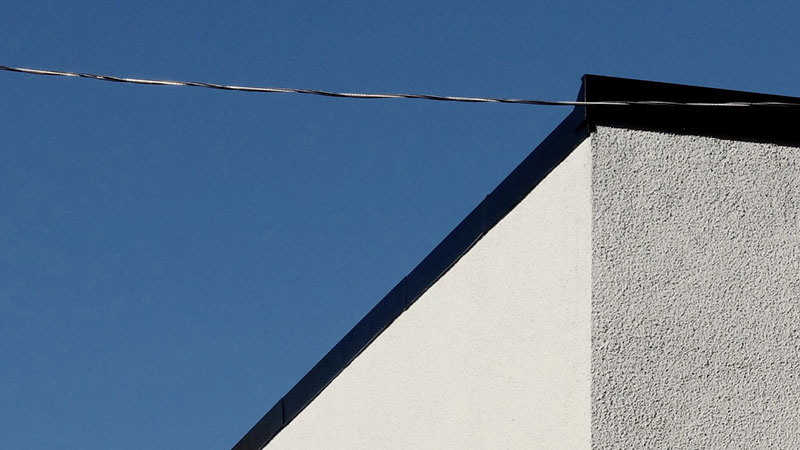
Choosing the Right Coating for Your Building
Are you looking for a reliable provider of ThermalCork?
When deciding on the material to coat your building, the choice often comes down to ThermalCork or traditional stucco. However, it’s important to understand that exterior cork coatings and stucco are complementary products that can be used together to enhance efficiency. ThermalCork, as an energy-efficient and 100 percent natural material, offers significant value for reducing your building’s impact on the environment. Here are a few areas where ThermalCork shines when used with stucco:
Mold Prevention
Stucco is known to be susceptible to mold growth. Moisture from rain or condensation can seep behind stucco, creating an ideal environment for mold to thrive. Over time, mold can cause significant damage to your home, especially the siding.
This is where ThermalCork provides a solution. With its water-resistant properties, an exterior sprayed cork coating applied over stucco forms a protective shield against moisture. This significantly reduces the risk of mold-related damage when using thermal cork protection.
Thermal Insulation
Stucco has a relatively low R-value, indicating its limited capacity to resist heat flow. It is less insulating than wood, meaning it does not contribute significantly to improving energy efficiency in your home or business.
In contrast, ThermalCork provides excellent thermal insulation. When you apply a high-quality ThermalCork product over stucco, it helps maintain a consistent interior temperature by minimizing heat transfer. This reduces the need for excessive heating or cooling, resulting in improved energy efficiency. ThermalCork also offers effective soundproofing qualities when used with stucco.
Flexibility
Stucco is known for its rigidity and lack of flexibility. Although modern stucco is more resistant to drying out and cracking, it can still be challenging to repair and is susceptible to stress.
ThermalCork, on the other hand, is highly flexible. Its composition allows it to provide a breathable layer of protection for stucco walls, allowing humidity and moisture to be released rather than absorbed.

